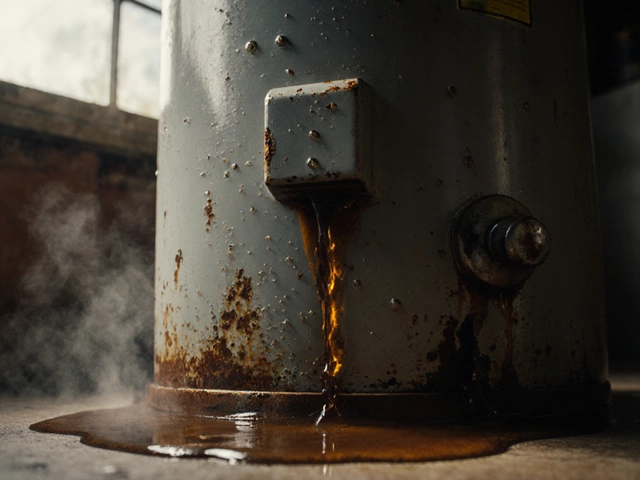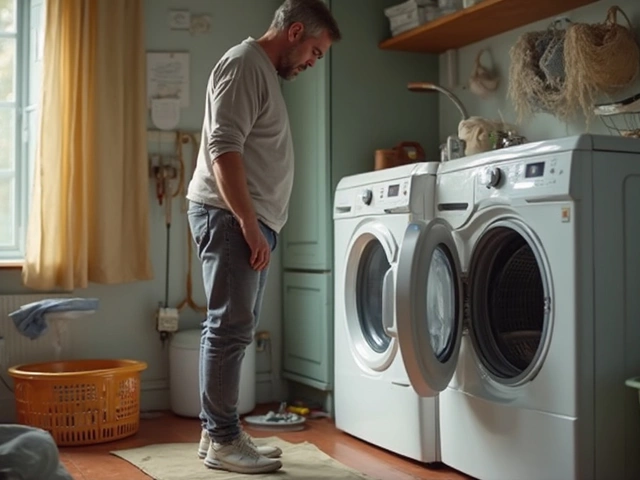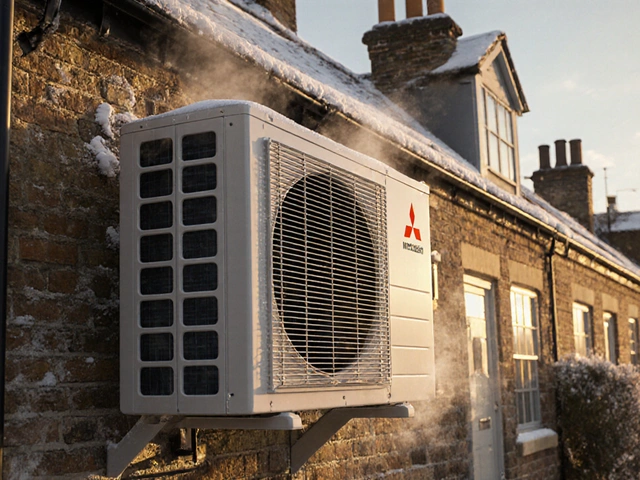If your stove feels like an icebox, you’re not alone. A stove that won’t heat can ruin dinner plans and leave you shivering in the kitchen. The good news is many of the reasons are simple and can be checked in minutes. Below we break down the usual suspects, give you step‑by‑step DIY fixes, and let you know when it’s time to call the Bognor Regis Appliance Repair Experts.
First, understand what could be stopping the heat. Most electric stoves use a heating element, a thermostat, and a safety cut‑out. If any of these fail, the surface stays cold.
Gas stoves have similar issues: a blocked igniter, empty gas line, or a faulty safety valve can keep flames from appearing.
Before you pick up the phone, try these quick checks. Always turn off the stove and unplug it (or switch off the breaker) before you start.
If any of these steps reveal a broken part, you can buy a replacement online or from a local hardware store. Most DIY repairs take under an hour if you have the right tools.
However, if you’re not comfortable with electrical work, can’t locate the problem, or the stove still won’t heat after these checks, it’s time to call in the pros.
At Bognor Regis Appliance Repair Experts we specialize in stove and oven repairs. Our technicians know how to diagnose hidden faults, replace elements, thermostats, and safety fuses quickly. We’ll arrive on time, explain what went wrong, and give you a clear price before we start.
Regular maintenance can keep your stove heating efficiently for years. Wipe spills away promptly, avoid dropping heavy pots on the burners, and schedule a yearly safety check with us. A quick clean‑up and an occasional professional inspection are all it takes to avoid costly breakdowns.
Don’t let a cold stove ruin your meals. Try the easy fixes above, and if you still need help, give Bognor Regis Appliance Repair Experts a call. We’ll get your stove back to full heat so you can get back to cooking the dishes you love.

Spotting the two most common electric stove problems can make repairs easier. Learn how to catch signs like faulty burners and control issues with clear, helpful steps.

Most water heaters fail due to tank corrosion, heating element burnout, or sediment buildup. Learn the top failure points and how to spot them early to avoid costly repairs or floods.

Find out why your tumble dryer isn't spinning and learn step-by-step fixes for common dryer problems. Stay informed with practical tips and real solutions.

Learn fast DIY steps to diagnose and fix a non‑working water heater, plus safety tips, maintenance advice, and when to call a professional.

Discover the most reliable heat pump brands for UK homes in 2025, based on real repair data, warranty claims, and installer feedback. Avoid costly mistakes by choosing wisely.

Choosing a cooker that stands the test of time can be daunting amid a sea of brands promising longevity. This article delves into which brands have stood out for their durability and reliability. By exploring user experiences and industry insights, it aims to guide you in the right direction. Discover how some brands maintain their reputation for endurance and what to consider when selecting your next appliance.